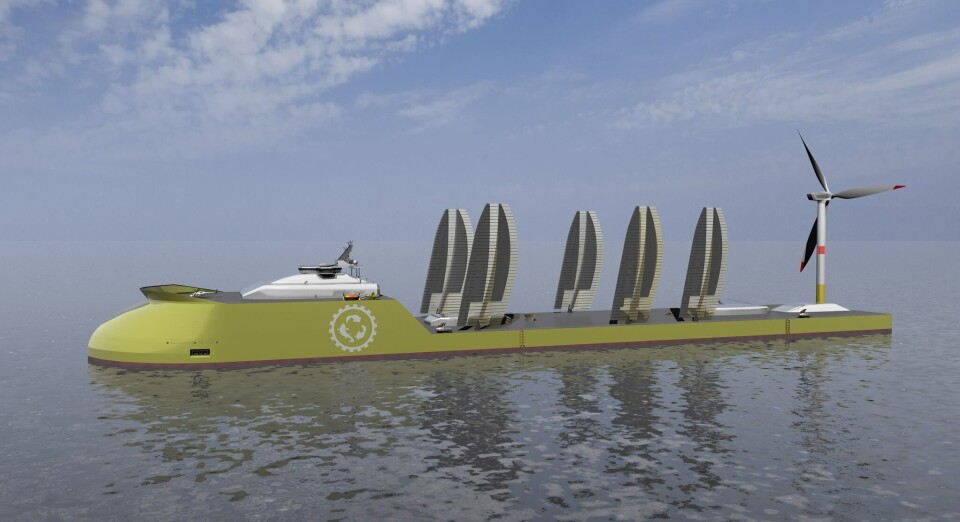
Authorities say no to salmon farm in world’s biggest ship
Norway’s Fisheries Directorate has rejected an application for development licences for a salmon farm in what would be the world’s largest ship, half a kilometre long.
In its ruling, the Directorate said that following an appraisal of the application by Pure Atlantic AS it has concluded that the project does not fulfil the condition of "significant innovation".
Pure Atlantic wanted to build a ship designed specifically for salmon farming. To realise the concept, a total of 45 development permits – which each allow a defined biomass of fish to be grown – had been applied for. There are no other concepts that have been granted or have applied for such a large number of permits, according to the Directorate.
Inadequate documentation
The Directorate stated that it expects that concepts of this magnitude can be substantiated with technical specifications and descriptions in the application.
It also pointed out that the concepts that have so far received the most permits have provided a stronger design basis supported by structural and hydrodynamic calculations, as well as documentation that demonstrates the functionality of the different systems.
The Directorate believes that Pure Altantic AS has not provided strong enough technical documentation and, on the basis of this, has not approved the application.
World's largest ship
The plan for Pure Altantic AS was to operate the ship in the zone outside Norway's territorial limit of 12 nautical miles but within the Norwegian economic zone of 200 nautical miles. With main dimensions exceeding 500 metres in length and over 90 metres wide, it is described in the application as the world's largest ship.
The energy requirement of the ship was to be provided by wind turbines mounted on the back of the ship. The design shows a stock volume of one million cubic metres.
The ship would act as a semi-closed fish farm, where water flows through the ship into built-in channels through the different cages.























































